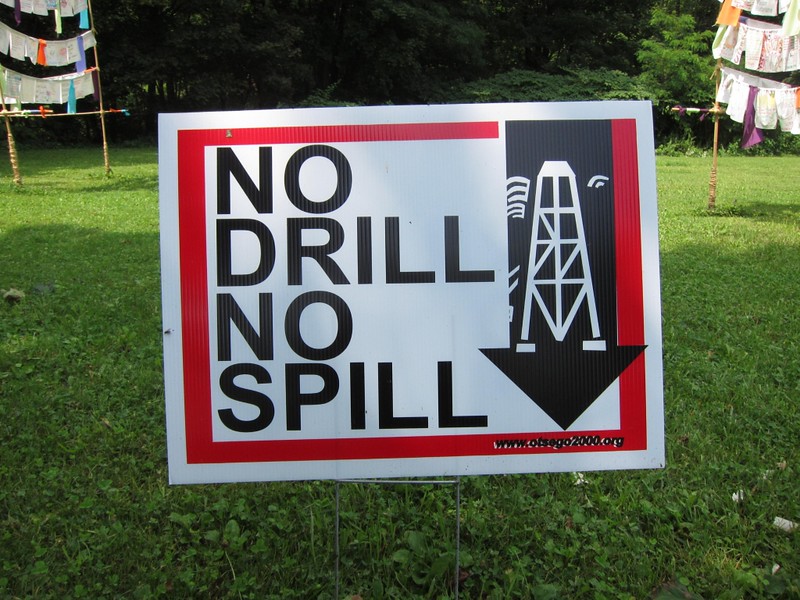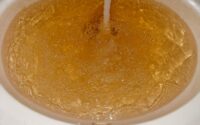Risk Communication, The Dangers to Framing, and the Crawley’s
By: Spencer Myler
September 30, 2021

Risk communication and framing play a massive role in the way that people interpret information and make decisions. How risk is communicated to people or communities varies but, in the case of the Crawley’s, they had to deal with unfortunate consequences and were forced to make decisions based on risk. The article that goes into what the Crawley’s are dealing with created by Jerolamck uses framing so it is important to analyze it to see if it has the key tenants of journalism.
Framing can be considered dangerous because it can alter the public’s idea of what is going on. When it comes to a story being released, “Language is critical in these presentations because it serves as the cognitive framework in which we understand the world around us and in the case of exposure to news make sense of a given event or story” (Aalai 2017). For example, Wyss mentions when the mad cow disease first started to be brought up in the news. One article in the New York Times mentioned how the risk for mad cow disease was low while an article from Wall Street Journal titled their article “No proof of Beef Safety.” This framing can cause people to become afraid of something happening even though these “statements were made for which they had no data” (Wyss, 2019).
Wyss’ ideas on risk communication and framing can be related to the Crawley couple and their situation in Northern Pennsylvania. The couple from Hughesville has had to deal with water contaminated with “explosive levels of methane” due to fracking. (Jerolmack, 2021) What is interesting about the Jerolmack New York Times piece is that it is framed using certain language that makes it seem like the risks caused by fracking for the Crawley’s are awful. However, the Crawley’s are actually in support of fracking despite having their well water contaminated by it.
Some of the factors that go into decisions on risk that Wyss mentions can be used to describe Crawley’s situation. One of the factors, trust, is a huge part of this specific story. The Crawley’s were not able to trust Representative Everett or the Department of Environmental Protection who both failed to hold the gas company accountable leaving the Crawley’s without clean water for two years. The next few factors benefit, control, and choice also relate to this story. The Crawley’s made the choice to not make their issue a big deal in the community and silently won a lawsuit to make money for their hardships. The benefit for them was trying to keep the community together and it was in their control.
In this Op-Ed written by Colin Jerolmack, it is important to look at the tenants of good journalism to see if he followed them accordingly. Six vital tenants for good journalism include being accurate, thorough, having balance, fairness, transparency, and passion. The information he provided was accurate because it was straight from the source and the story was thorough. Although it was an opinion piece, Jerolmack made sure to mention that the Crawley’s were in favor of fracking even though he did not seem to be so there was balance and fairness. He seemed relatively passionate in his writing and was transparent in the way he told his story.
There are also certain specifics that Wyss requires of op-ed articles that Jerolmack followed well. Jerolmack had a clear opinion and attitude in the article that was targeting what seemed to be the average reader. He wanted to get a point across when it came to the environmental issue of fracking but he did not just push scientific data on the reader and instead made it more of a story by including details about the Crawley’s and where they live. More writers need to be able to be increasingly transparent in op-ed articles if they want to be trusted by the general public.
Sources
Aalai, A. (2017, June 21). Media framing effects June. Psychology Today. Retrieved October 1, 2021, from https://www.psychologytoday.com/us/blog/the-first-impression/201706/media-framing-effects.
Jerolmack, C., & Spinski, T. (2021, September 17). They couldn’t drink their water. and still, they stayed quiet. The New York Times. Retrieved October 1, 2021, from https://www.nytimes.com/2021/09/17/opinion/sunday/fracking-pennsylvania-water-contamination.html.
Wyss, B. (2019). Covering the environment: How journalists work the green beat. Routledge.
Edits made on December 9, 2021
Altered the introduction so that it captures what my post is going to be about
added hyperlinks, caption for photo, and proper byline


